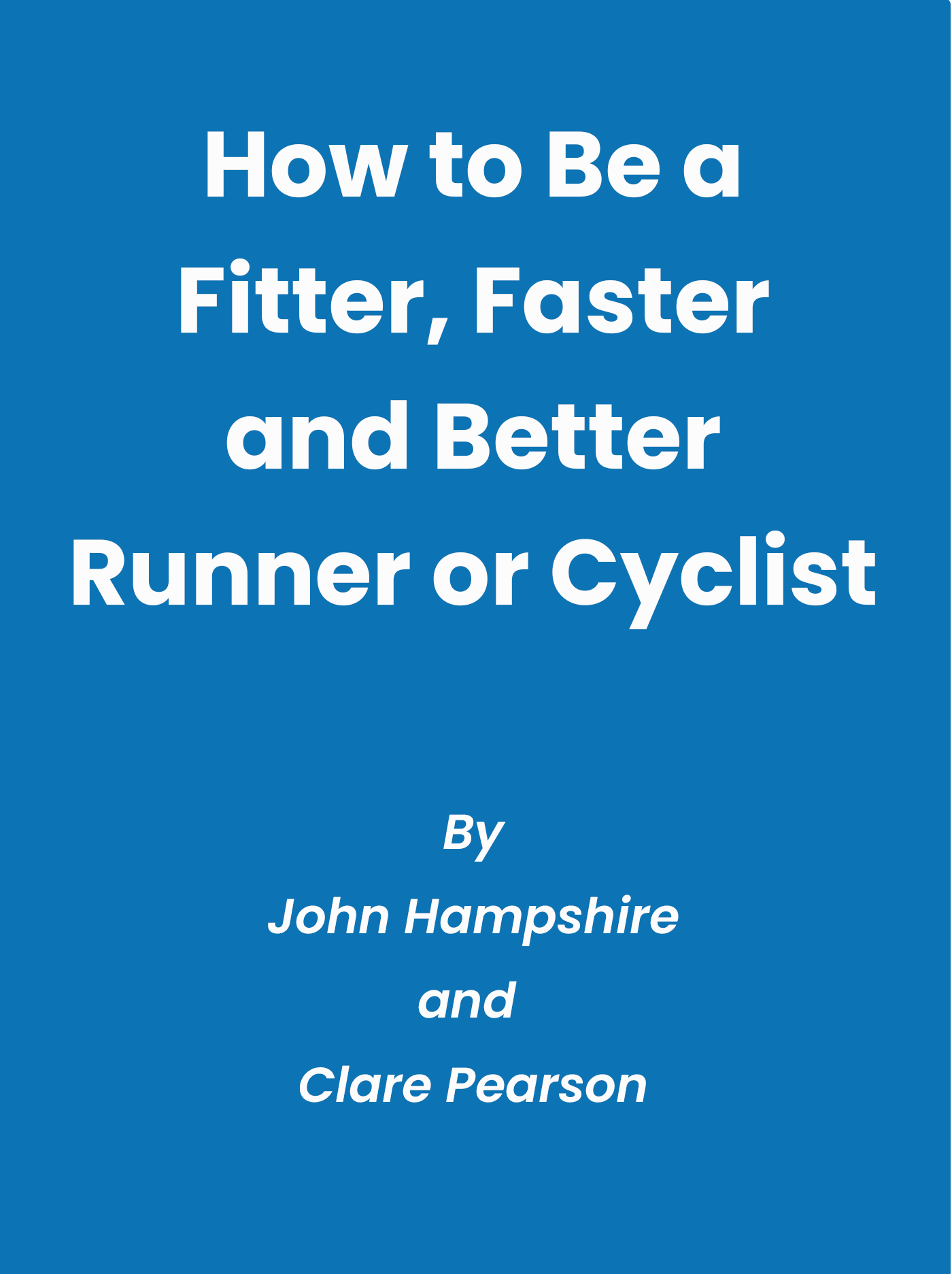How Many Calories does Running Burn?

When I first began training more than three times per week I struggled with my energy levels and began to wonder if I was eating enough to fuel my training. An important part of good performance is maintaining a healthy weight and whatever you do it’s really important to fuel both your training and your goal event correctly to get the most out of your body.
As a rule of thumb, the average person running at an easy (conversational) pace on a flattish surface burns about 60 calories per km run (that’s 100 calories per mile). For most of the part this works well, but it gets a little more complicated when we consider things like pace, terrain and outliers to the norm (ie excessively heavy or light individuals).
The Lighter you are the Less Calories you will Burn
I would probably have to admit that I’m a bit of an outlier when it comes to averages in weight and size weighing in 46kg at a height of 1.6m. As you can see from the workout summary below, on an easy flat morning run I burn about 35 calories per kilometer (or 58 Calories per mile). I also do quite a bit of training which may also be having an effect (see below). So if you do fall into one of those outlying groups you may be burning significantly more (or less) calories per km than stated above.

The Faster You Run the More Calories you will Burn
If you are following a training plan you will know that not all your runs are at an easy conversational pace, and you are unlikely to be running at this pace at your next key 10km road race, in fact you are unlikely to be able to say very much at all! Once we start working harder, we use up more energy and burn more calories. It’s for this reason that HIIT classes have become so popular as a way of losing weight for those short on time.
Below is a summary of two runs I did over the course of one 7 day period of comparable distance: one was a long endurance run, the other was an interval session. As you can see I burned less calories per mile in the endurance run than in the interval session. Whilst not many weekly sessions will be at that high intensity, even for élite athletes, it is important to make sure that the sessions are adequately fuelled before and that appropriate amounts are eaten after to recover.

The Less Efficient you are the More Calories you will Burn.
Whilst running is not a massively skill based sport, a lot of thought and training goes in to training athletes to run efficiently (see my running drills video below). If you are running inefficiently, effectively you are using more energy to run the same speed as a more efficient runner (everything else being equal). Whilst this does not necessarily dictate overall performance (no one can dispute the athletic prowess of Paula Radcliffe, despite her idiosyncratic bobbing head), it does mean that you may be using more calories.
The more you train the more efficient you become
What we know about training is that the more we train at endurance pace (easy conversational pace) the more efficient the body becomes; what this means is that we can get faster for less effort (ie run faster at the same heart rate).
If you have a look at the two training runs you’ll see that at virtually the same average heart rate I was able to run faster in February 2020 after some time training in my zones 1 and 2, than I was able to in October 2019. Significantly, despite running faster, I burned less calories when I got fitter (30 calories per mile).

So yes, I have just contradicted my above statement about the faster you run the more calories you burn…sort of. A more accurate statement might be the faster you run relative to your easy conversational paced running (but that’s not as good a sub title!).
Hilly Runs Versus Flat Runs
You will note that my original statement of 60 calories per kilometer came with the adage of an average person running on flat terrain at an easy pace. So what happens if we run up hill? Well if we maintain pace, we will be working harder and therefore using more calories; if we maintain the same effort and our pace drops there is unlikely to be a noticeable difference. However, all things considered, unless you are taking part in an uphill only event, whether you choose to drop your pace to maintain the same effort or ‘dig in’ to get to the top in a similar pace, you are likely to then have a period of rest as you come down the climb and get back to your starting point, so the average is likely to be the same.
Trail Running
Trail running is a bit different…and can be a lot different depending on the terrain. For the Championnat du Canigou our local race here in Casteil in August the first half of the race is a long climb which includes some tricky scrambling up the chimney to reach the pic; the descent involves some leaping about from rock to rock initially before turning into a mixture of tricky single track and good fire roads. You might say this was a full body work out and it certainly feels that way at the finish. It has been suggested that the average trail runner burns as much as 450 calories an hour. However, as trail running can vary depending on the terrain it is difficult to do more than quote an average figure. In technical races I have managed to use as much as 775 calories per hour, on an easy long run on similar terrain it can be 330 calories per hour.

So How do I Know How Many Calories I am Burning when I Run?
Well as you can see from our discussion above, it depends on a number of factors; the easiest way to track your calories is to simply use a sports watch that measures them using effort or pace. If you know what your lactate threshold pace/heart rate is and put this figure into the watch or associated app the calorific calculation will be pretty accurate for endurance sports like running and cycling. Most sports watches do this now and even without a watch, Strava will calculate your calories for each work out in the free version and on a weekly basis in the paid version.
Ultimately, whilst it’s nice to be exact, given that you have to eat 500 excess calories each day for a week to gain 1kg of weight, even using a well-informed ‘rule of thumb’ as stated in the start of this article isn’t going to do too much harm, especially if you assume 60 calories for every km, knowing that some days it will be less and some days it will be more. If most of your training is off road, it might be more useful to consider your calories per hour as a base, rather than per kilometre. So if you know you normally do an easy paced 5km on the flat in half an hour you can assume 10km every hour which would be 600 calories per hour. The table below gives you calculations based on the different paces you may run for your easy conversational run.

Also simply listening to both your body and keeping an eye on the scales will help you know whether you feel under fuelled or are putting on unwanted weight and you can then make slight adjustments to either your base calories (calculated by using your BMR) or your exercise calories.
You can also try this running calorie calculator that has been kindly provided by Smart Health Nut.
Additional Questions
What is BMR? BMR is your base metabolic rate; this is the amount of calories you need daily just to live without doing any exercise. There are a variety of (similar) ways to calculate this, the most popular being the Harris-Benedict Formula. Anita Bean also provides a great way to calculate this in her book The Complete Guide to Sport’s Nutrition. If you use an app like My Fitness Pal these will automatically calculate your BMR based on the information you put into your profile.
How many calories should I eat per day? If you want to maintain weight you need to eat your Base Metabolic Rate Calories + any additional calories you burn in exercise. You can choose to divide the weekly calories you burn in exercise by 7 to spread them out throughout the week, or just eat more on days you train.
What is Lactate Threshold Pace/Heartrate? Roughly speaking the maximum pace/heartrate you can maintain for about an hour or your 10km pace. For a more detailed explanation check out John’s article.
April 15, 2020

Comments